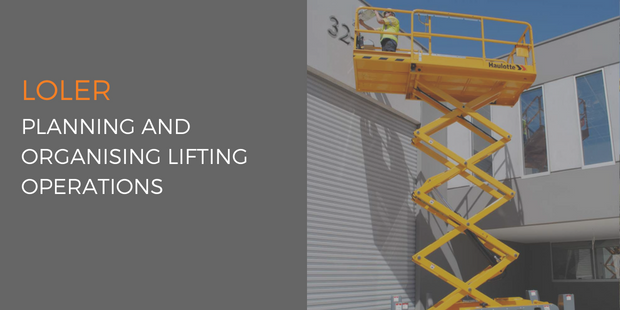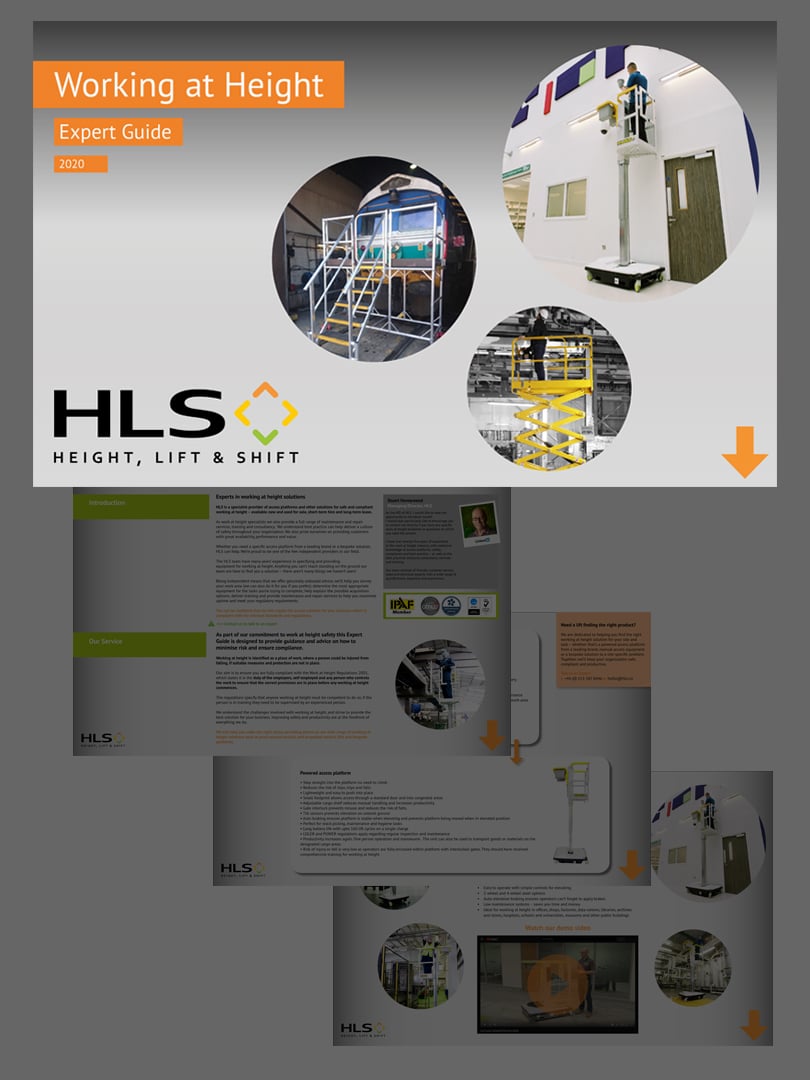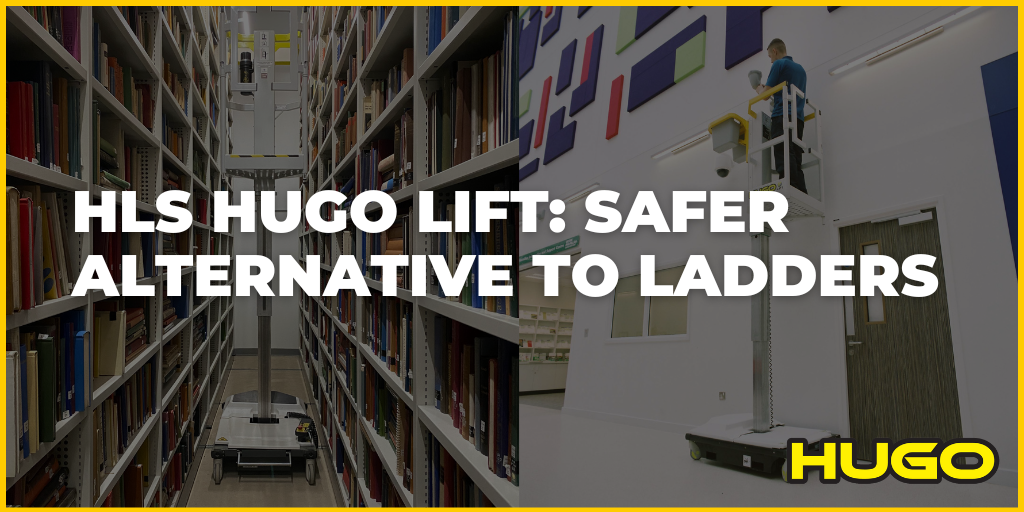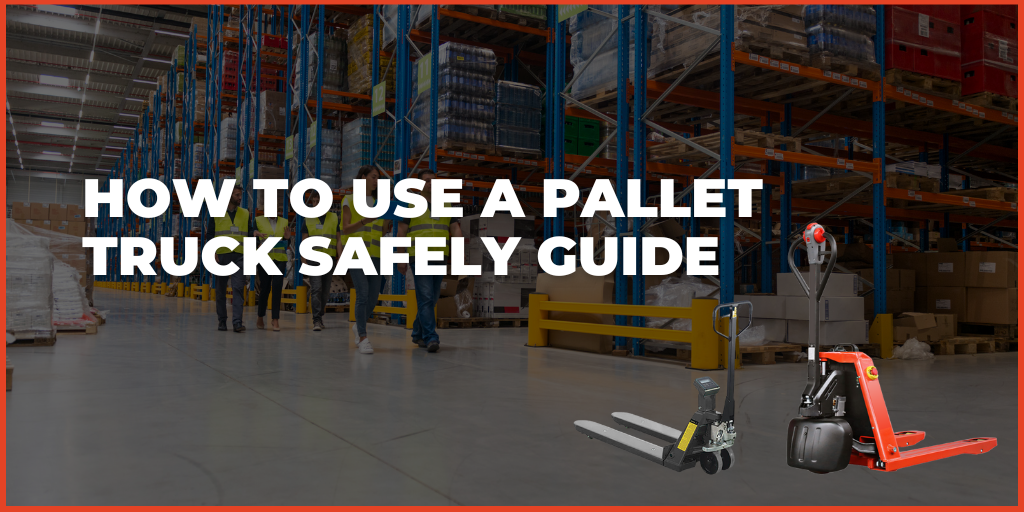Within the first blog in our LOLER series, we explained what the regulations set out to do at a high level – that is to place a duty on those who operate and/or have control over lifting equipment. This is because it is well recognised that lifting operations can put people at a serious risk of injury if things go wrong. One of the key aspects the regulations cover is the planning and organising of lifting operations, which is what we will cover in more detail within this article. One of the most fundamental points of consideration is that planning and organising should be carried out by a competent person.
LOLER - Planning and organising lifting operations
The level of detail at the planning stage should be dependent on how complex the lifting operation is. For example it may be appropriate for routine lifting operations to be planned by the operator carrying them out, whereas a tandem lift using multiple cranes may require a written plan produced by a more expert individual. The key is to ensure that the planning is proportionate to the complexity and risk involved in the lifting operation. Routine lifts will often have a generic plan, whereas more complex lifts will typically need to be planned on an individual basis each time they are carried out.
Within the plan, it is important that foreseeable risks are addressed, including mitigation where possible. Risk factors to consider include but are not limited to:
- Visibility
- Working under suspended loads
- Location and environment
- Attaching, detaching, and securing loads
- Overturning
- Lifting people
- Overloading
- Proximity hazards
- Integrity of the lifting equipment
Other consideration points:
-
Strength and stability
It is imperative that the lifting equipment has enough strength for the proposed use. An assessment should be conducted which takes into account the fact that the equipment may be subjected to a combination of forces. There should always be a ‘factor of safety’, which is typically higher where the equipment is being used to lift people.
-
Positioning and installation
The impact of a person being struck by a load can be fatal – therefore it is vital to take all reasonable steps to avoid loads being lifted over people. Furthermore, steps should be taken to avoid load drift, i.e. swinging and spinning. Measures should be taken to ensure the load does not fall – including using hydraulic check valves, ropes, and chains. Where there are shafts or hoistways, the access points to these areas should be effectively restricted by gates/barriers. Whenever possible, loads should never be suspended over areas that are occupied.
-
Supervision of lifting operations
The level of supervision should take into account the experience of those undertaking the lift, and the level of risk. Routine, everyday lifts for example do not typically require direct supervision.
In Summary
Within this blog we have looked at how to plan and organise lifting operations in a safe and responsible way. However, please refer to the LOLER Approved Code of Practice and guidance for more detailed guidance on planning and organising lifting operations.
If your business involves any working at height, it is an essential requirement that you complete a risk assessment before any work at height commences. This template which is available as a PDF or a ediable word document will help.
Assessing your site
We are knowledgeable about the requirements of The Work at Height Regulations, LOLER and PUWER, and can help you understand them in the context of your own site. HLS offers a number of onsite survey and risk assessment options, in which we assess your work environment, discuss your training and maintenance requirements, and use this information to make recommendations and devise an action plan.






